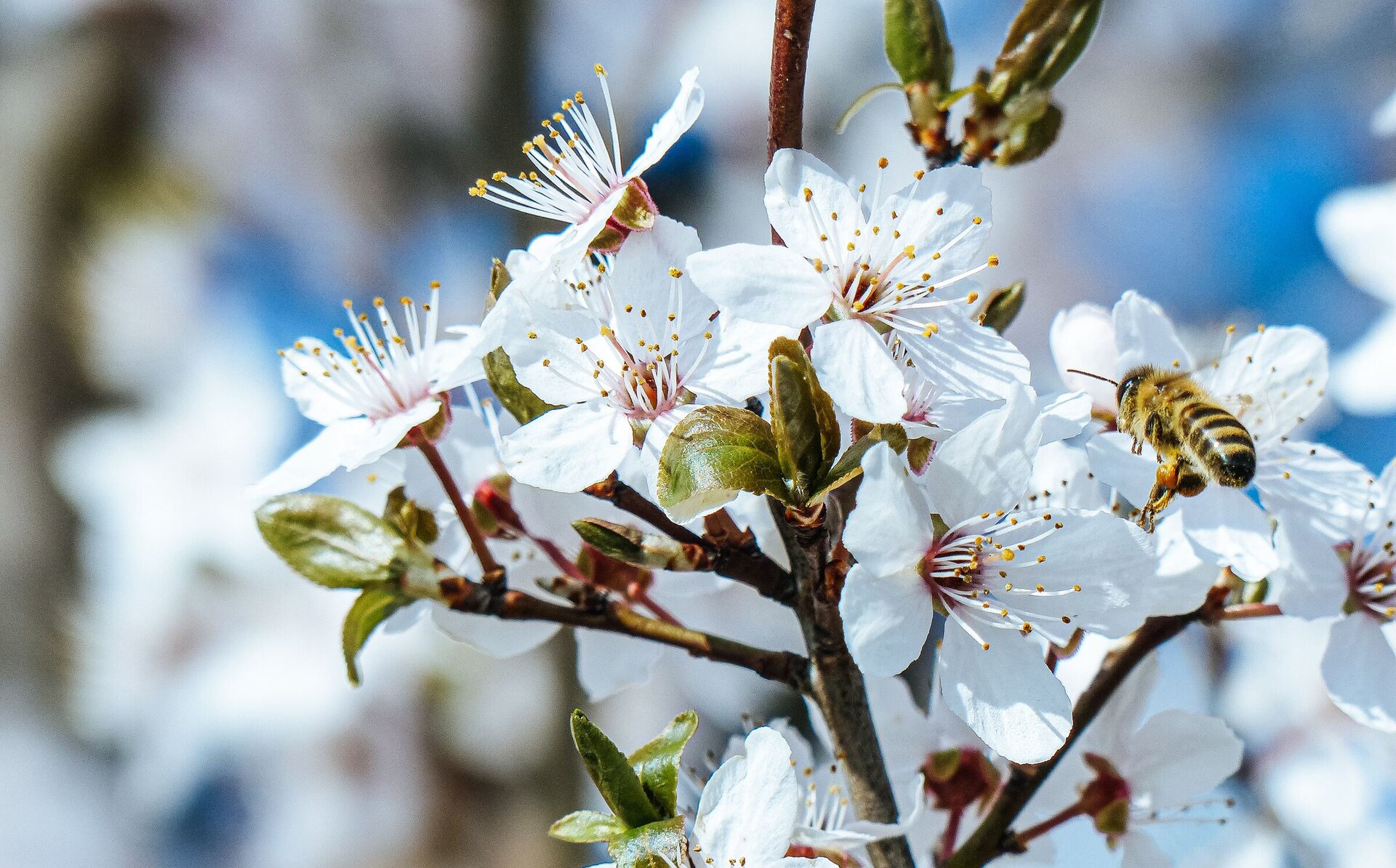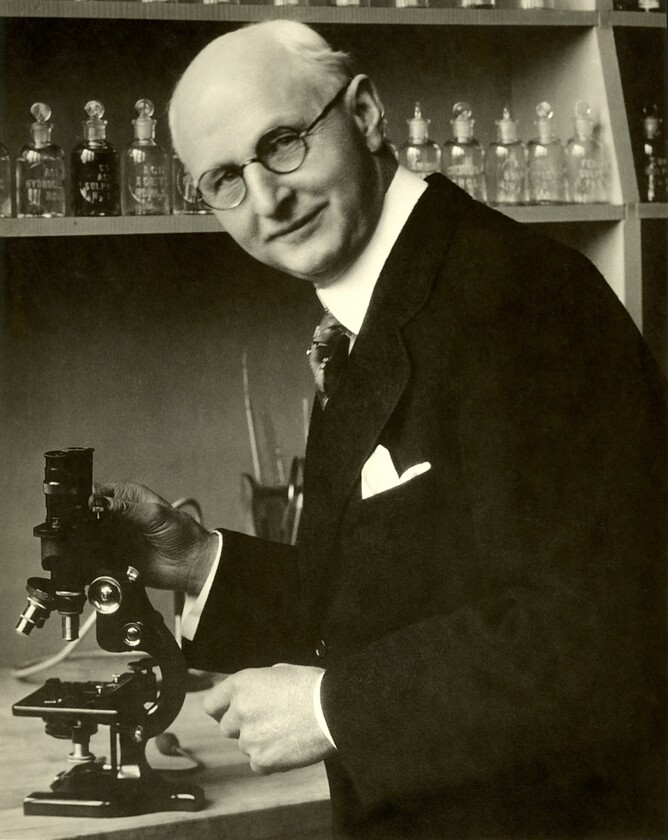It’s an odd reality but since the mid 20th century the West has gone from a scarcity of food to an overabundance of it. And while this abundance should be a good thing somehow it has meant an industry of chemists, food technologist, marketers and big business have more influence on our food than those who grow and produce it.
The result has been that most of us eat a diet high in calories and very low in nutritional value. We have a generation of people with food allergies beyond precedence. Dyslexia, autism and depression are all on the rise and fertility rates are dropping. We lead a lot more sedimentary lives yet most people complain about low energy levels. Could our highly processed foods be to blame?
A common catch phrase by a movement of people who want us to eat less processed food is “don’t eat anything your Grandma wouldn’t recognise”. The Weston A Price Foundation would like you to take this one step further.
The Weston A Price Foundation (WAPF) was founded by Sally Fallon-Morell in 1999 and promotes the teachings of Dr Weston A Price. Dr Price was a dentist who spent over a decade in the 1920s and 30s travelling around the world studying the diets of indigenous people. In 1939 he published his findings in the book Nutrition and Physical Degeneration.
Dr Price claimed that aspects of a modern Western diet (particularly flour, sugar, and modern processed vegetable fats) caused nutritional deficiencies that were a root cause of many dental issues (i.e. overcrowding of the teeth) and health problems.
Our diets have drastically changed since Dr Price did his research! Our prevalence of soy based products, our scorning of animal fats, fear of cholesterol and lack of whole food or fermented foods have taken us further and further away from the traditional diet Dr Price believed was the key to good health.
Honey, a food revered by the ancients, can be enjoyed today in exactly the condition in which it was first discovered many thousands of years ago. It is the only sweetening material that requires no manipulation or processing to render it ready to eat. Honey is an exceedingly variable and complex material, and we are far from knowing all about it.
Until the middle of the 19th century, honey was believed to be a simple mixture of dextrose, levulose and sucrose and a carbohydrate material called honey dextrin. Since then, powerful new applications and procedures have revealed honey to be a highly complex mixture of sugars. Many of these sugars are not found in nectar, but are formed during ripening and storage by the effects of bee enzymes and the acids of honey.
The flavour and bouquet of honey are particularly vulnerable to heat and excessive heat can change flavours and induce off flavours. In Sally Falloon’s book “Nourishing Traditions” she defines raw honey as 'honey that is not heated over 47 degrees C and is loaded with amylases, enzymes that digest carbohydrates, as well as all the nutrients found in plant pollens'.
The environment of the area from which the bees collect the nectar, influences the specific composition of the honey. For commercial honey, the extent of blending of lots from different areas and seasons and extensive processing also has a major effect and we can sometimes be disappointed by the flavour of commercial honeys.
Sweetree honey is classified by location and season. Our honey can be traced back to a particular apiary and is not blended with lots from different areas. This simple action alone has resulted in a range of wonderful tasting honeys which reflect the unique flora of our apiary sites. We protect the flavour and goodness of our honey by being involved in every step of the extraction and packing process and ensuring honey temperatures are kept as low as practicable. We are able to protect the integrity of the honey all the way to market with the aim to give our customers the same taste experience they would have if they took the honey straight from the comb.
As an aside, just as we appreciate the nutritional value raw honey has for us we never forget that the bees rely on the honey for their well being too. We ensure that sufficient honey is left after harvest for the bees to survive on through winter rather than feeding lower cost sugar syrup. Perhaps this is a reflection of how modern society treats its own food, often replacing natural foods with high calorie, nutritionally devoid foods.
Traditional foods are as important for bees as they are for humans!







